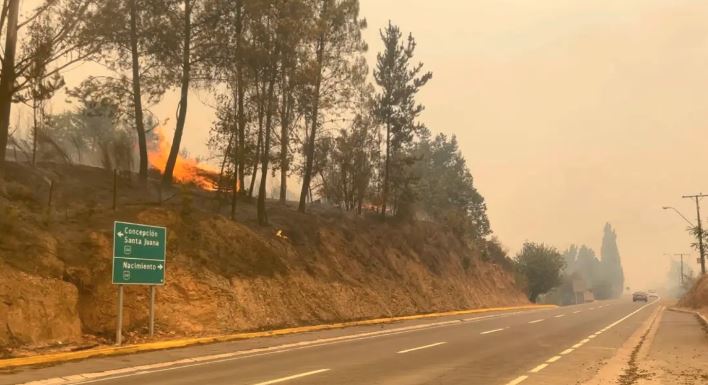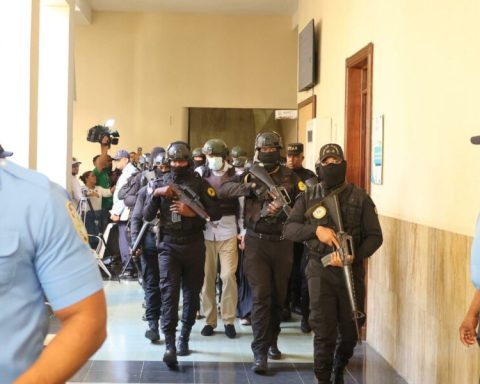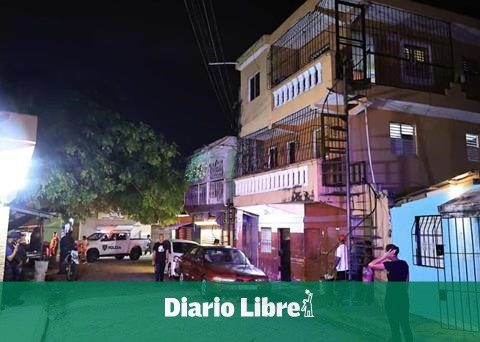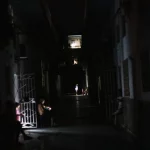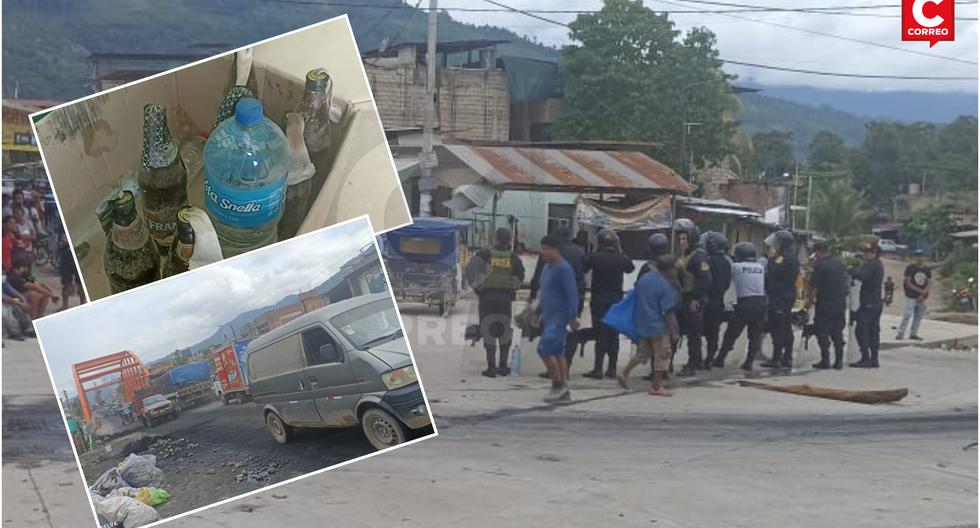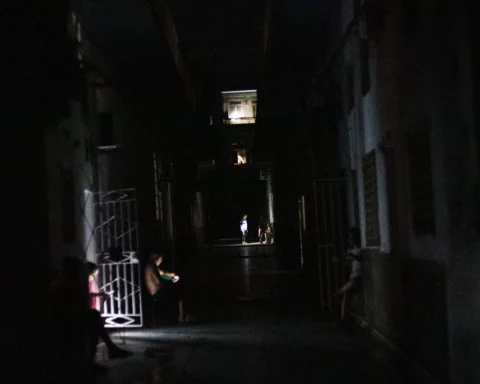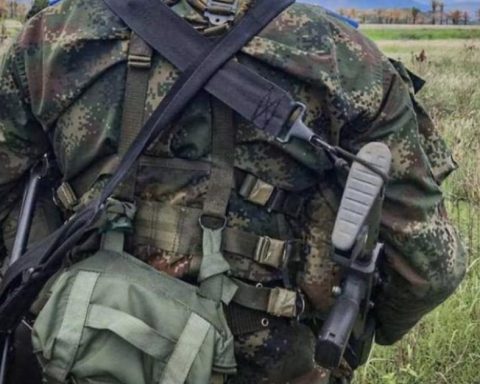Santiago de Chile, Feb 4 (EFE).- The Chilean government reported this Saturday that the number of people who have lost their lives in the serious fires that are affecting the center and south of the country amounts to 22 and that there are also at least 16 others injured in a “critical” state.
“At this moment we have a very hard, very painful balance of 22 people who have died,” said the Minister of the Interior, Carolina Tohá, who warned that “the numbers are changing every minute” and that the situation is “very complex.”
The most affected regions are Ñuble, Biobío and La Araucanía, areas of intense agricultural and forestry activity located 400, 500 and 700 kilometers south of the capital, respectively, and where the Government decreed the State of Constitutional Exception of Catastrophe.
According to the latest report from the National Disaster Prevention and Response Service (Senapred) of the Ministry of the Interior, more than 45,000 hectares have been destroyed and there are currently 251 active fires throughout the country, of which 80 are in combat.
In addition, about 1,500 people are sheltering in some thirty shelters and there are 554 injured, of whom at least 16 are in a “very serious” condition, Tohá explained.
“In the last week, the equivalent of the surface burned in a full normal year has been burned,” said the minister.
The fires coincide with a long drought that has lasted for more than 13 years and with an unprecedented heat wave in the south, with temperatures that can reach 40 degrees Celsius in southern areas in the next few hours.
The Meteorological Directorate reported this Saturday that the heat wave will last until next Wednesday and will affect 7 of the 16 regions of the country.
The president, Gabriel Boric, who suspended his vacations to deal with the crisis, confirmed this Saturday that he had asked countries like Argentina, Mexico, Brazil and Spain for international help to deal with the crisis and that he spoke with his Argentine counterpart, Alberto Fernández, who assured him sending brigade members and machinery.
The images are reminiscent of the wave of fires that hit southern Chile in 2017, the most serious to date and in which a dozen people died. EFE
